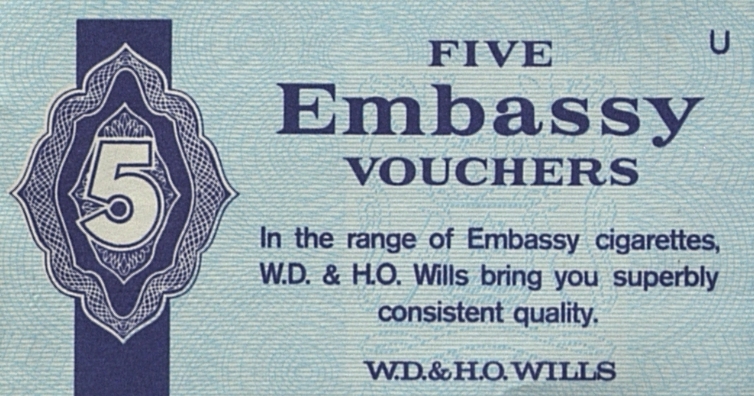When I was studying for my Masters dissertation, I kept finding dried flowers in between the pages of books I was borrowing from the library. Now, we all know that drying flowers in between books, especially library books, is a bad idea. If the flower is particularly big, the books will struggle to close properly and the colours of the petals, through the release of moisture, will transfer on the page. But despite all of it, I was happy to find daisies and freesias while revising, and I kept most of them. Now, I am still happy when I find objects in collection items, some of which have not been opened for almost 100 years. I have realised that all sort of things find their way in theses. I removed cigarettes buds found in 1910s book on bronchitis, read letters and I have seen that photographs, cigar vouchers and 1970s train tickets all seem to have been used as bookmarks or place orders and never have been removed from the pages of theses. Sometimes the objects and documents found in these theses seem to be related to the creation of the volumes themselves. For example, we found receipts and quotes from 20th-century Scottish bookbinders, library notes and interlibrary loans request slips. But sometimes what we have found is more original and not necessarily related to the content or the creation of the physical item.
Here are three examples of objects that found their way in between the pages of PhD theses.
The ‘Anti-German Union’ pamphlet
Found in a 1916 medical thesis titled The treatment of tuberculosis this pamphlet relates to racist propaganda rather than medical knowledge. The leaflet promotes ethnocentric ideas of ‘Britishness’ presenting German workers, economic trade with Germany as a threat.
“The Anti-German Union has been formed to unite British-born men and women, without respect to party, class or creed, with the following aims and objects:
- To foster national ideals and to keep alive the patriotic spirit of the people
- To defend British freedom, rights and privileges from German invasion
- To defend British Industry and British labour against German competition.”
The pamphlet also includes a membership/registration form which was left blank. It was produced at the same time as the thesis was (around 1916). The AGU Later renamed ‘British Empire Union’ was an organisation instigating anti-German sentiment and was part of a bigger movement that grew after WW1 and the developing of Germany as an international power. The union promoted the expulsion of German immigrants and the obstructing of German trade.
It is not clear whether the examiner or the author itself accidentally left the pamphlet in the thesis, but at least we know that that the registration form was left blank. I was particularly fascinated by this object because it has no relation to the content of the thesis and there is a limited amount of similar documents on the same subject in digital image repositories. It is also a statement to a very specific time in history; the document could have only been written in 1915 or 1916, and it testifies the change in aims and perspective of an organisation.
Five Embassy Cigarettes Vouchers Objects found in theses, not only provide evidence for the political atmosphere that alumni were immersed in, but they also show a change in consumerist culture and advertising. One of my favourite discovery is ‘Five Embassy Vouchers’.
Not so common these days, cigarettes vouchers were given to smokers as a reward for their loyalty. This was a win/win situation: consumers could trade this vouchers in a store for their favourite cigarettes while companies found a way of retaining their customers.
Embassy is a cigarette brand first sold in 1914 by Imperial Tobacco. Originally branded ‘Strand’ it gained popularity in the 1960s as a coupon brand.
Gill, 1966
The most common objects found loose in between the pages of theses are, after library slips, photographs. Some of these pictures are labelled, usually portraying graduating students; others remain a mystery.
One that we could find more information about is ‘Gill, 1966’. This picture fell from a 1970s duplicate copy of a thesis. We are unclear which thesis she originally came from as she fell when we picked up a couple of theses from our delivery. The volume it came in (as it is a duplicate) has been certainly destroyed now, but the picture remains a unique object, one portraying Gill in 1966, a little girl we know nothing about.




Pingback: 10,385 theses down, 2,115 to go! | PhD digitisation project